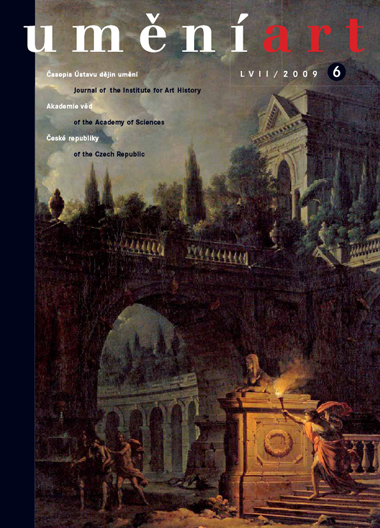Lenka Panušková
Gott mit Zirkel und Waage. Trinitätsdogma in Eadwig-Evangeliar
This study is a chapter from the author's dissertation titled 'Cosmological Ideas in the Old Testament and Their Representation in Anglo-Saxon Art'. The main objective of the study is to draw attention to the differences between the Anglo-Saxon and the Continental representation of the theme of the Creator of the world with a compass and scale in hand, a figure that in scholarly literature is referred as Architectus mundi or Weltarchitekt. The author notes the simplification of this terminology and in the context of Biblical-exegetical and theological materials proposes a dualistic interpretation of the theme, as a visual symbol of both the Creator and the Saviour. Looking at the Eadwig Gospel, which is the oldest known example of the use of this motif, the article explains the deliberate imbuement of dogmatic meaning into this iconographic figure. Through several illuminations the manuscript emphasises the Christian teachings of the coeternity of the Father and Son and their unity in the Blessed Trinity, while a key role here is played by Logos from the prologue of the Gospel of John. The Eadwig Gospels thus acquire the value of a kind of text-image relic worthy of preservation in a church reliquary. Therefore the author also analyses not just the question of the transfer of the Gospels to Germany, but also its possible function and use.
Full-text in the Digital Library of the Czech Academy of Sciences:
https://kramerius.lib.cas.cz/uuid/uuid:f20461a6-3dab-74e4-9a77-df2b7b5fc0af
< back

